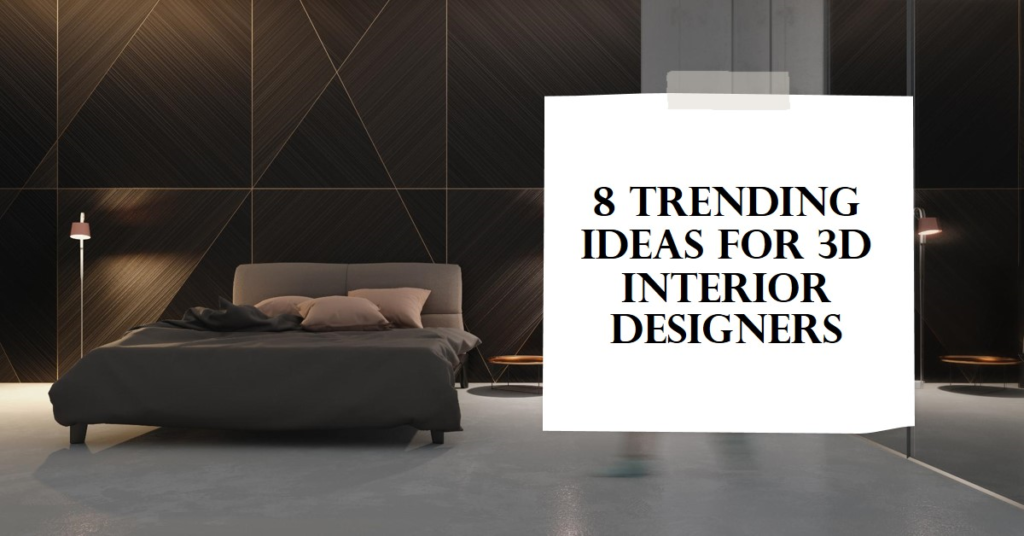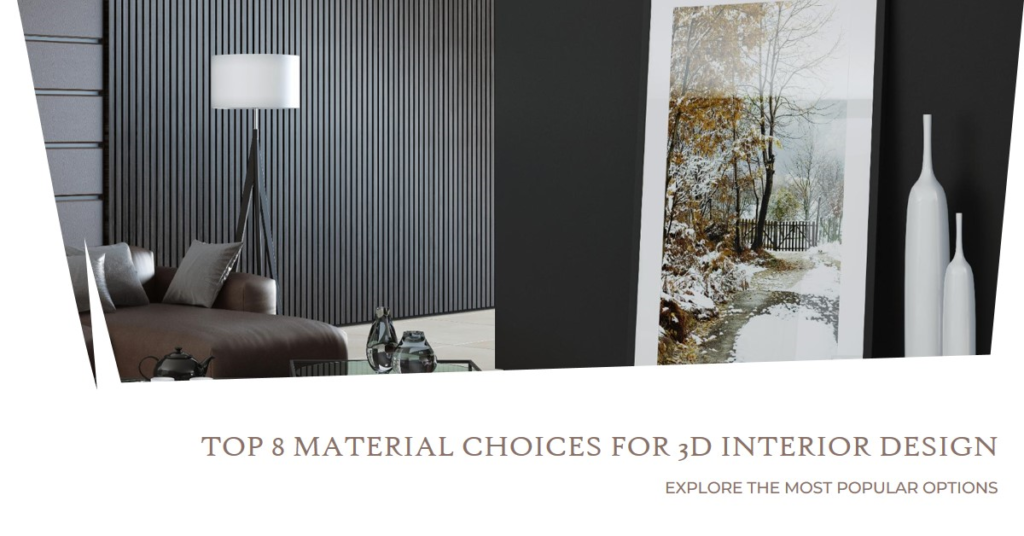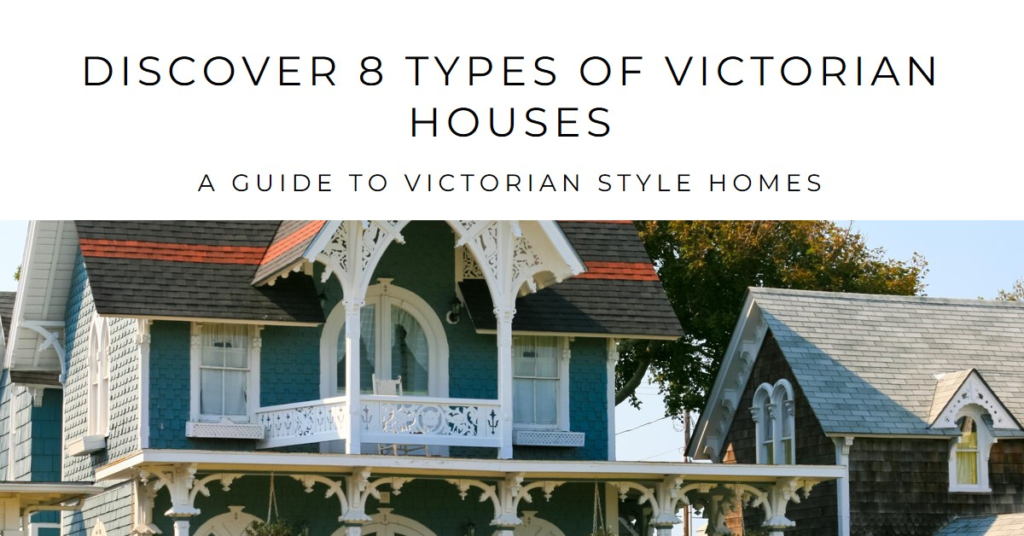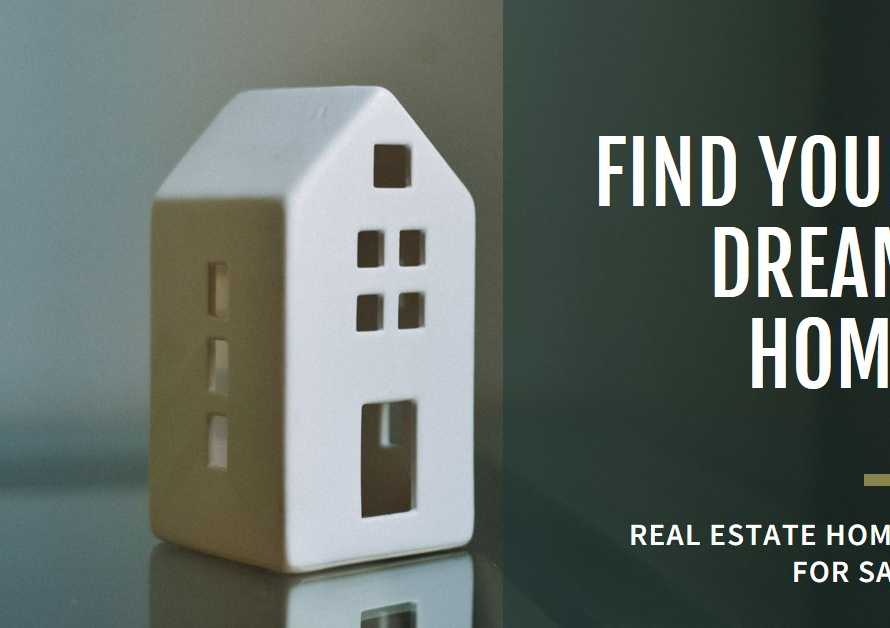
Table of Contents
3D Interior Designer, In the dynamic world of interior design, staying abreast of emerging trends is crucial for designers aiming to create captivating and relevant spaces. The year 2020 witnessed a blend of classic influences and innovative concepts that shaped the direction of 3D interior design. Let’s explore eight popular trends that inspired and influenced 3D interior designers throughout 2020, highlighting their key characteristics and impact on design aesthetics.
1. Biophilic Design: Infusing Nature’s Harmony – 3D Interior Designer
Biophilic design, centered around incorporating natural elements into indoor spaces, surged in popularity in 2020. This trend emphasizes the connection between humans and nature, promoting well-being and environmental consciousness. 3D interior designers embraced biophilic principles by integrating indoor plants, natural light sources, organic materials, and nature-inspired color palettes into their virtual designs.
Incorporating biophilic elements in 3D renderings helped designers create serene and inviting atmospheres, showcasing how natural elements can enhance productivity, reduce stress, and improve overall quality of life within indoor environments. Clients were drawn to these designs for their harmonious blend of aesthetics and functionality, fostering a deeper connection with the natural world within their living or working spaces.
2. Smart Technology Integration: Seamless Living Experiences
The integration of smart technologies into interior spaces continued to be a dominant trend, offering convenience, efficiency, and modernity. In 2020, 3D interior designers focused on showcasing smart home systems, IoT devices, voice-controlled assistants, and automated solutions in their renderings. These technologies were seamlessly integrated into various elements such as lighting, security systems, appliances, and entertainment setups, transforming spaces into intelligent, connected environments.
By visualizing smart features in 3D renderings, designers demonstrated how technology could elevate living experiences, improve energy efficiency, enhance security, and provide personalized comfort settings. Clients seeking futuristic and efficient homes or offices gravitated towards these designs, appreciating the blend of cutting-edge technology with aesthetic appeal.
3. Sustainable Design Practices: Eco-Conscious Creativity
2020 witnessed a heightened awareness and emphasis on sustainable design practices within the interior design community. Designers prioritized eco-friendly materials, energy-efficient systems, waste reduction strategies, and green building certifications in their projects. In 3D interior design, this trend translated into renderings showcasing sustainable materials such as reclaimed wood, recycled plastics, low VOC paints, energy-efficient lighting, and water-saving fixtures.
These eco-conscious designs not only reduced environmental impact but also resonated with clients seeking environmentally responsible and healthy living or working spaces. By visualizing sustainable features and certifications in their 3D designs, designers communicated their commitment to sustainability and inspired clients to embrace greener lifestyles without compromising on style or comfort.
4. Flexible and Multifunctional Spaces: Adaptable Living Concepts
The concept of flexible and multifunctional spaces gained momentum in 2020, driven by changing lifestyles, space constraints, and the need for versatile interiors. Designers explored innovative layouts, modular furniture solutions, convertible spaces, and hidden storage options in their 3D renderings. These designs showcased how spaces could seamlessly transition between work, leisure, dining, and relaxation areas based on occupants’ needs and activities.
Clients appreciated the practicality and efficiency of these designs, especially in urban settings or smaller homes where space optimization is crucial. 3D visualizations played a pivotal role in illustrating the functionality and versatility of these spaces, empowering clients to envision dynamic and adaptable interiors that align with their evolving lifestyles.
5. Artisanal and Handcrafted Elements: Celebrating Craftsmanship
2020 saw a resurgence of interest in artisanal craftsmanship and handcrafted elements within interior design. Designers incorporated handmade furniture, bespoke decor pieces, artisanal textiles, pottery, and intricate detailing into their 3D designs, highlighting the beauty of unique, one-of-a-kind creations. These designs exuded authenticity, character, and a personal touch that resonated with clients seeking individuality and curated spaces.
By showcasing artisanal elements in 3D renderings, designers celebrated traditional craftsmanship, supported local artisans, and offered clients exclusive, personalized design options that reflect their tastes and values. The trend emphasized quality over quantity, storytelling through design, and creating spaces infused with soulful craftsmanship.
6. Mixing Old with New: Timeless Eclecticism
The blend of vintage or antique elements with contemporary design concepts gained popularity as designers embraced eclectic styles and mixed aesthetics in 2020. Vintage furniture pieces, retro accents, nostalgic motifs, and classic design elements were seamlessly integrated into modern interiors in 3D renderings, creating visually captivating and personality-rich spaces.
Clients were drawn to these designs for their ability to evoke emotions, tell stories, and create unique narratives within interior settings. The juxtaposition of old and new elements added depth, character, and a sense of curated elegance to spaces, reflecting clients’ diverse tastes, travels, and memories in their living or working environments.
7. Bold Color Palettes and Patterns: Vibrant Expressions
2020 witnessed a departure from neutral color schemes as designers embraced bold and expressive color palettes along with playful patterns in interior designs. Vibrant hues, jewel tones, graphic prints, geometric patterns, and artistic murals featured prominently in 3D renderings, injecting energy, personality, and visual interest into spaces.
These bold designs resonated with clients seeking distinctive and lively interiors that reflect their personalities and preferences. By experimenting with colors and patterns in 3D visualizations, designers showcased the transformative power of bold design choices in creating impactful and memorable spaces that stand out from the ordinary.
8. Maximalist Glamour: Luxurious Exuberance
While minimalism has long been favored, 2020 saw a rise in maximalist design approaches characterized by luxurious textures, opulent finishes, and layered aesthetics. Designers indulged in rich materials such as velvet, marble, brass, and statement lighting to create sumptuous and extravagant interiors in their 3D renderings, exuding glamour and grandeur.
Clients seeking luxurious and distinctive living or hospitality experiences gravitated towards these maximalist designs, appreciating the sense of drama, richness, and curated luxury they offer. 3D visualizations played a crucial role in showcasing the intricate details, textures, and spatial arrangements that define maximalist interiors, inspiring clients to embrace bold and lavish design statements.
9. Global Cultural Influences: Diverse Inspirations
Designers in 2020 drew inspiration from global cultures, traditions, and artistic heritage, infusing interiors with eclectic influences and diverse design elements. From Moroccan tiles and Japanese aesthetics to African textiles and Scandinavian minimalism, 3D renderings showcased harmonious blends of global influences that celebrated cultural diversity and enriched interior narratives.
Clients seeking unique and personalized spaces resonated with designs that reflect their cultural backgrounds, travel experiences, or appreciation for global aesthetics. By incorporating cultural motifs, traditional crafts, and global design sensibilities into their 3D designs, designers crafted immersive environments that transcend geographical boundaries and foster a sense of global connectivity and appreciation.
10. Minimalist Luxe: Understated Elegance


Despite maximalist trends, minimalist design continued to inspire in 2020, albeit with a touch of luxury and refinement. Clean lines, subtle textures, high-quality materials, and curated simplicity defined minimalist luxe interiors showcased in 3D renderings. These designs exuded sophistication, understated elegance, and a sense of calm, appealing to clients with discerning tastes and appreciation for timeless aesthetics.
The minimalist luxe trend emphasized quality craftsmanship, attention to detail, and creating spaces that prioritize essential elements without excess. By highlighting exquisite materials, thoughtful spatial arrangements, and functional elegance in 3D visualizations, designers showcased the enduring appeal of minimalist principles infused with luxurious touches.
By exploring these 10 trendsetting ideas in 3D interior design, designers gained valuable insights into evolving design preferences, client expectations, and innovative design strategies in 2020. Each trend offered a unique perspective, creative opportunities, and inspirations that continue to shape the ever-evolving landscape of interior design, setting the stage for future trends and design innovations in the years to come.


